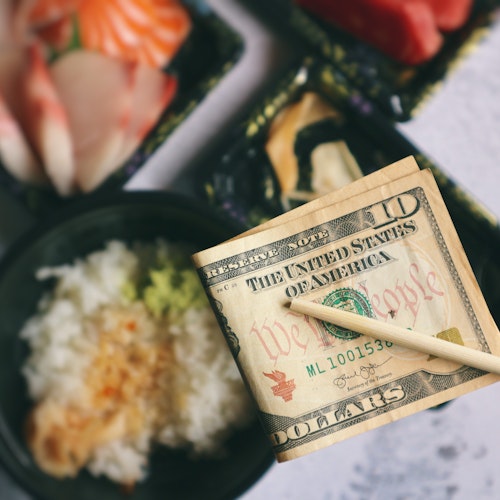
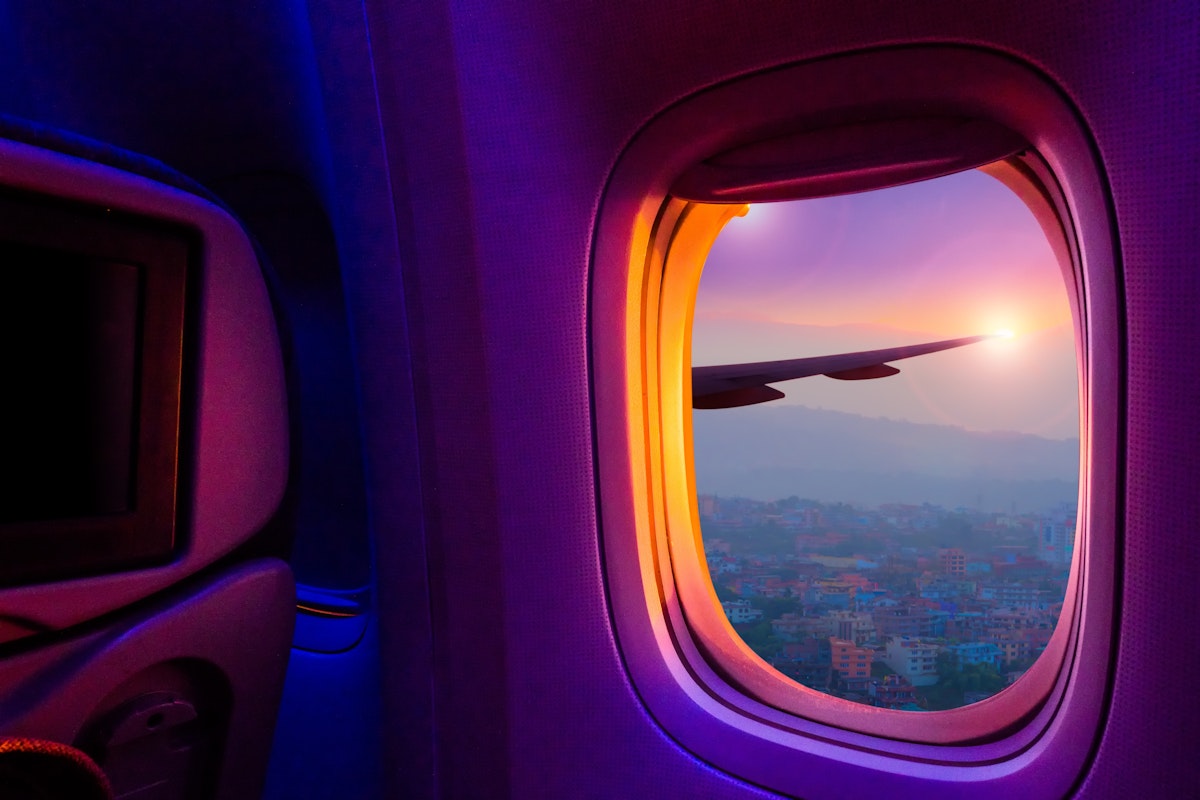
Traveling from Tokyo to Hokkaido offers a mix of modern transportation technology and scenic beauty, presenting a perfect blend of convenience and adventure. Whether flying over the sea, speeding through the longest undersea tunnel in the world via the bullet train, or cruising across the waters, each mode of transport offers its unique experience.
In this guide, we'll explore the various options for making this journey, from the fastest to the most scenic, ensuring you have all the information needed to plan an efficient and enjoyable trip.
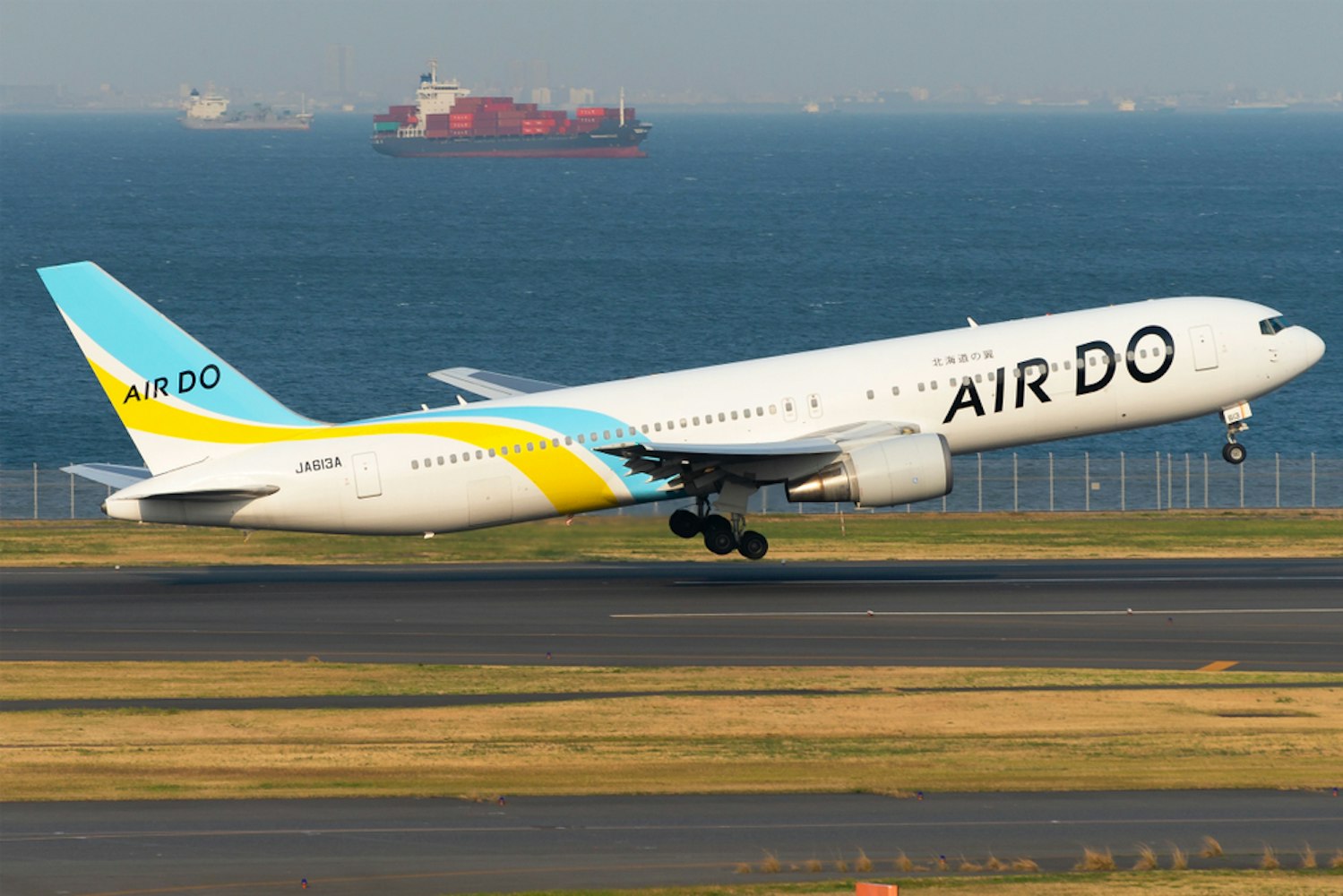
Air travel is the quickest way to travel between Tokyo and Hokkaido. Major airlines such as Japan Airlines and Nippon Airways and low-cost carriers like Jetstar Japan offer frequent flights, primarily landing at New Chitose Airport, the main gateway to Hokkaido.
From Tokyo, you can fly out of Haneda Airport, closer to the city center, or Narita Airport, which caters to international flights. You might find cheap flights if you book in advance, making air travel fast and economical.
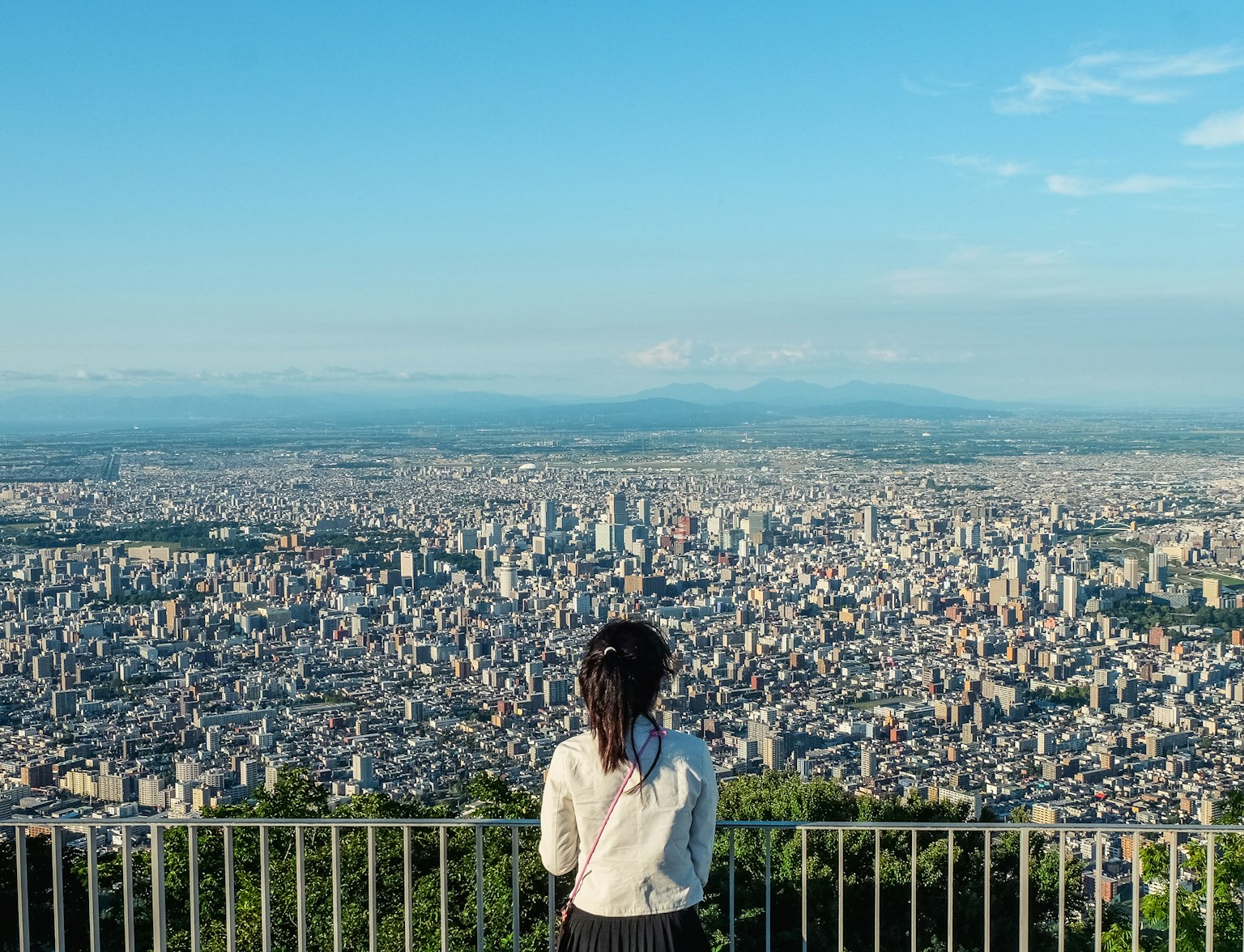
Explore Sapporo like never before on our custom private tours, designed and led by local experts.
The total flight duration from Tokyo to Hokkaido is approximately 1 hour and 32 minutes. This duration is calculated based on a commercial airliner's average flight speed and includes extra time for the plane to taxi on the runway.
1. Book Early: Book your plane tickets well to secure the best rates. Prices tend to rise as the travel date approaches, especially during peak travel seasons like the Sapporo Snow Festival.
2. Choose Your Airport Wisely: Tokyo has two major airports, Haneda and Narita. Haneda is closer to central Tokyo and might offer more convenient flight times for domestic flights to Hokkaido.
3. Check for Direct Flights: Opt for direct flights to save time. Most flights from Tokyo to Hokkaido land at New Chitose Airport near Sapporo, offering the quickest access to Hokkaido's attractions.
4. Pack Light: If you're traveling briefly, pack light to avoid checked baggage fees. Many domestic airlines fly charge for checked luggage, so carrying only hand luggage could save you money and time at the airport.
5. Stay Updated on Weather Conditions: Hokkaido's weather can significantly differ from Tokyo's, especially in winter. Check the weather forecasts to ensure you pack appropriately and are prepared for potential flight delays due to weather conditions.
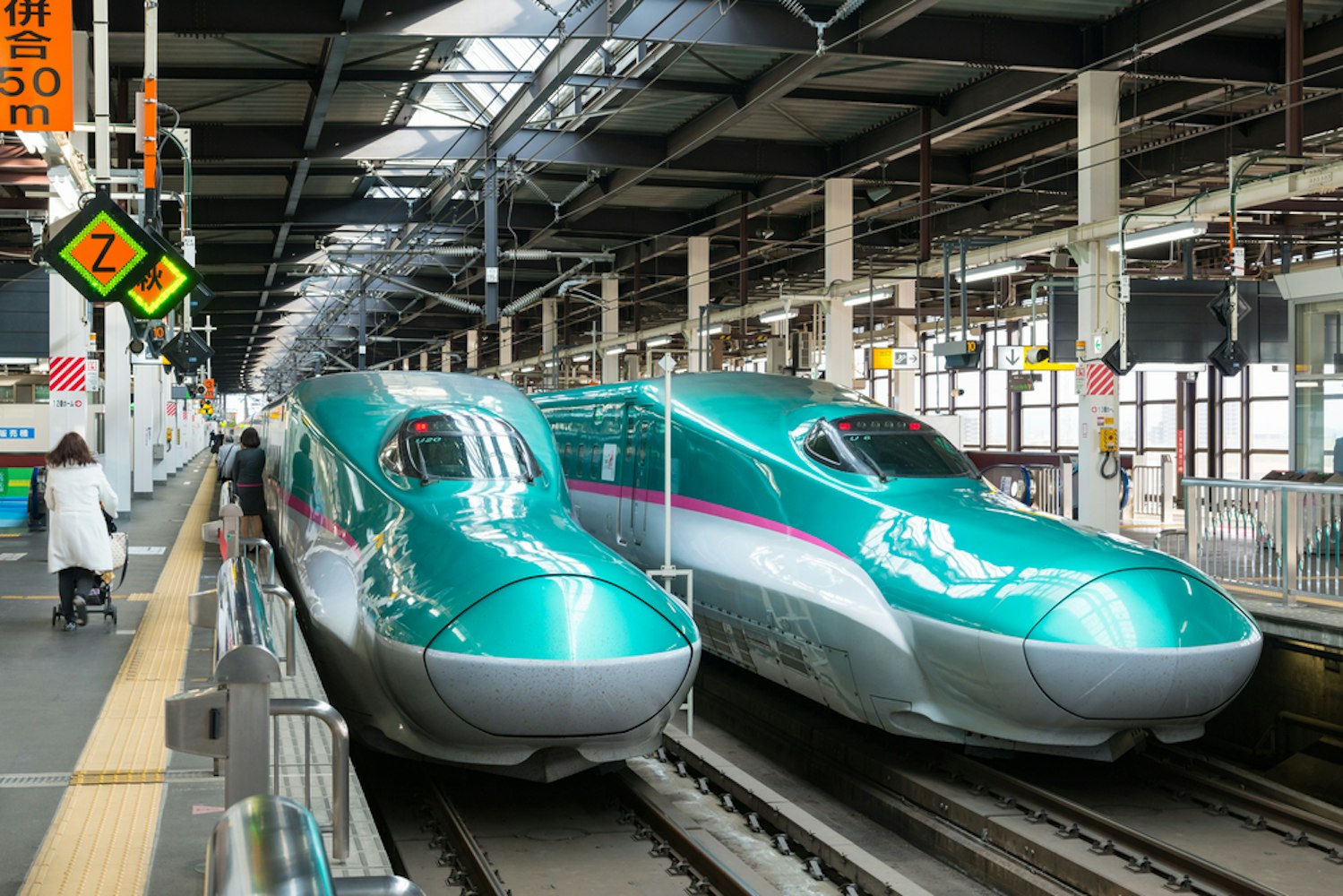
The Hokkaido Shinkansen is an exhilarating way to travel from Tokyo to Hokkaido. It connects Tokyo Station to Shin Hakodate Hokuto Station via the Seikan Tunnel, one of Japan's engineering marvels. With the Japan Rail Pass, travelers can find it a cost-effective and scenic route.
Services like the Gran Class offer luxurious seating options, enhancing the ride experience through Japan's landscapes.
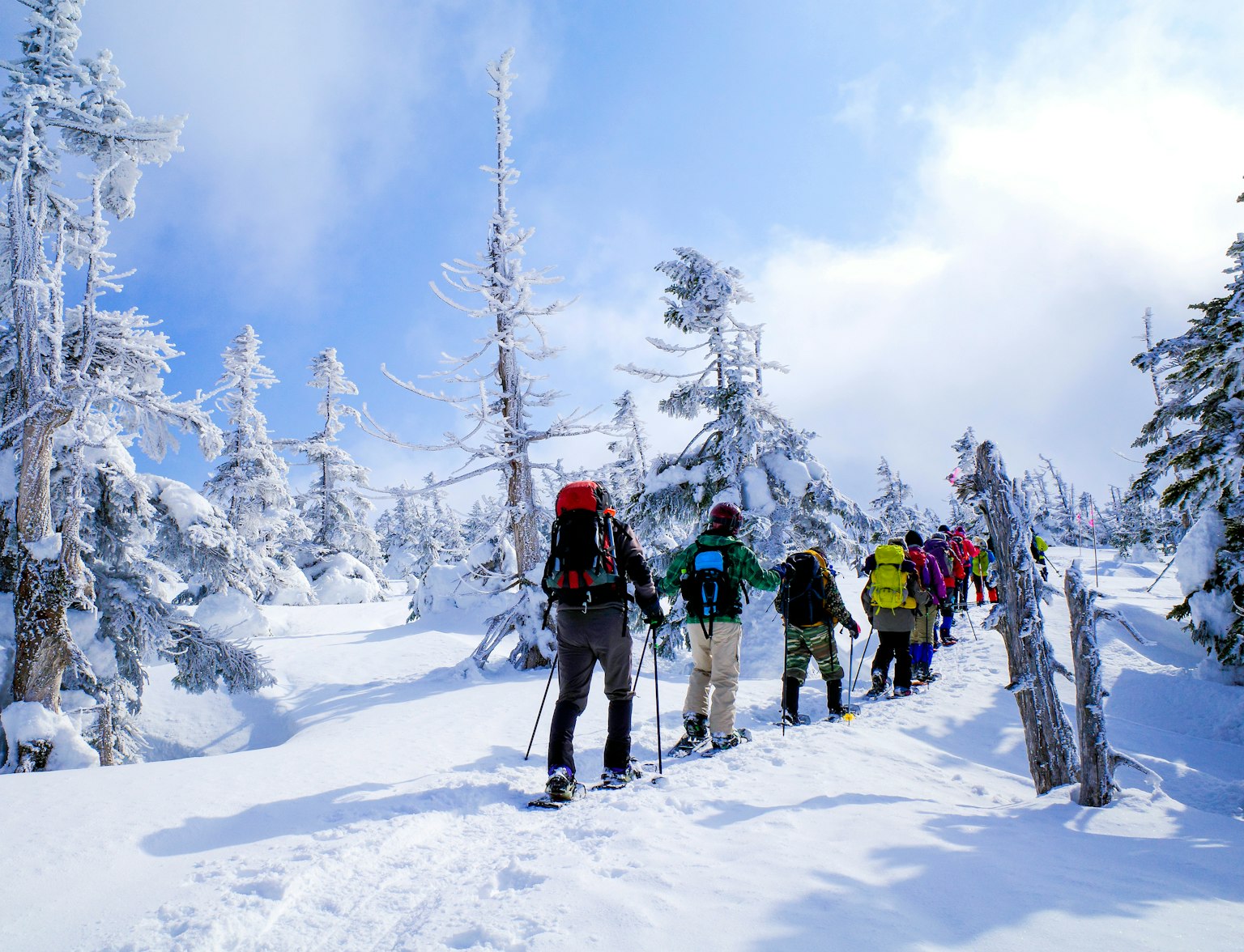
Experience the thrill of a unique winter escapade with our snowshoeing expedition.
The travel duration for the Shinkansen (bullet train) from Tokyo to Hokkaido, specifically to Shin-Hakodate Hokuto Station, is approximately 4 hours. This route allows travelers to experience the scenic journey across Japan's landscapes at high speed, seamlessly connecting from Tokyo Station through the Seikan Tunnel to the northern island.
1. Book in Advance: Secure your tickets early, especially if you plan to travel during peak seasons like the cherry blossom period or national holidays. It not only ensures availability but often offers cheaper rates.
2. Reserve Your Seat: While unreserved seats are available, reserving your seat guarantees comfort and peace of mind, especially during busy travel times. Reserving reserved seats is advisable if traveling with luggage or in a group.
3. Leverage the Japan Rail Pass: If you're planning extensive travel across Japan, consider purchasing the Japan Rail Pass, which includes access to the Shinkansen. It can offer significant savings, particularly for long-distance journeys like Tokyo to Hokkaido.
4. Check for Shinkansen Services: Different Shinkansen services, such as Hayabusa, the fastest on the Tokyo-Hokkaido route. Check the types of services and select one that best fits your schedule and travel preference.
5. Pack Lightly for Easy Travel: Space on Japanese trains can be limited, especially if you are traveling with large suitcases. Pack lightly or use delivery services to send your heavy luggage to your destination in advance.
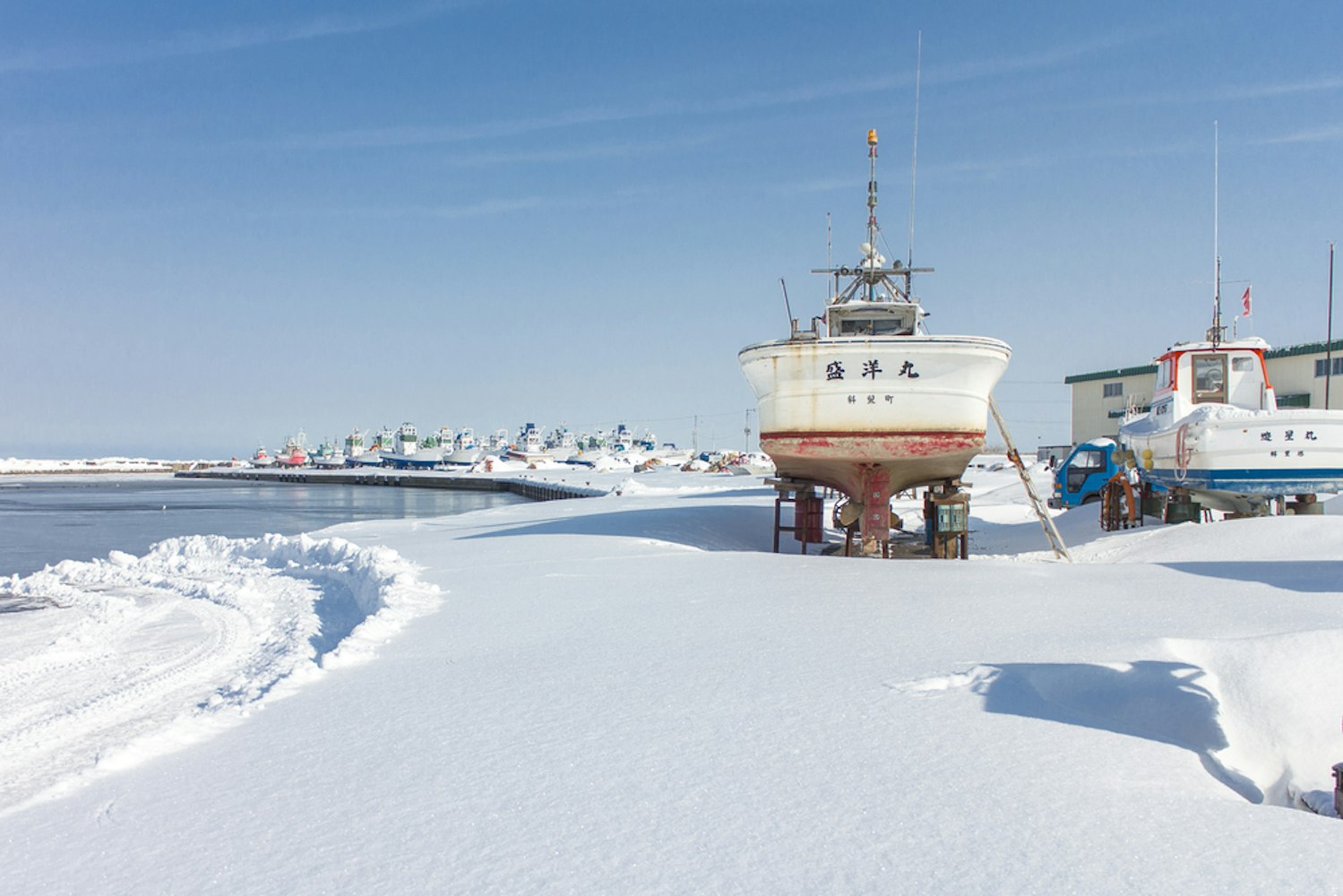
Ferry travel between Oarai Port and Hokkaido is a splendid choice for those who are not in a hurry and wish to savor the maritime journey. The ferries provide a magnificent view of Japan's coastal beauty, making the sea route a unique and picturesque experience.
Additionally, this option is typically more economical than flights or the Shinkansen. It offers a chance to relax and appreciate the slower pace of travel while enjoying the expansive oceanic surroundings.
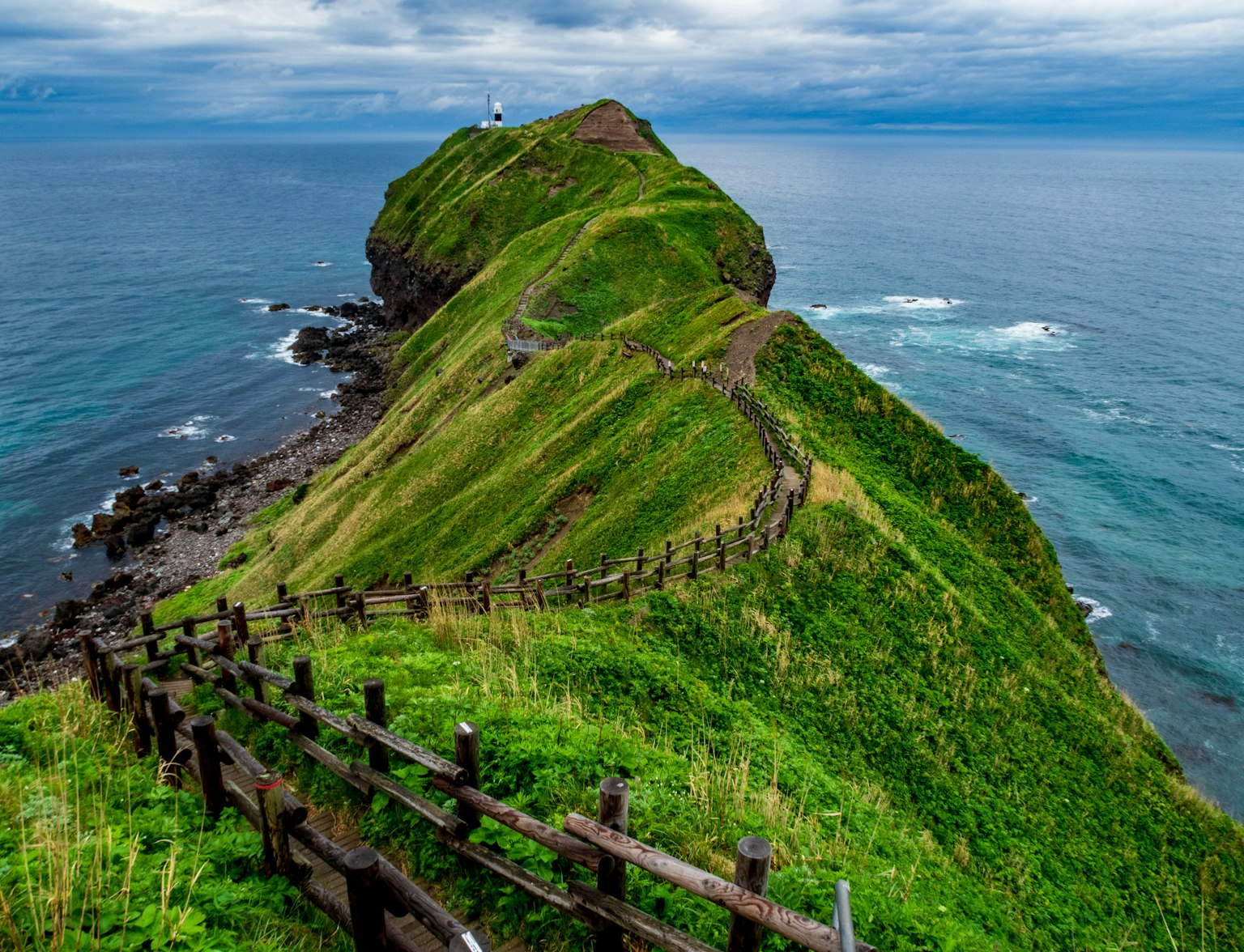
Embark on a journey through Sapporo's breathtaking sights.
The ferry travel time from Tokyo (Oarai Port, Ibaraki) to Hokkaido (Tomakomai) typically takes about 18 hours. This duration applies to the regular ferry services provided by companies such as MOL Sunflower, which offer evening and night ferry options.
1. Book Early: Especially during peak travel seasons, ferry tickets can sell out quickly. Booking your tickets in advance ensures availability and often secures a better price.
2. Check the Weather: Weather conditions can affect the sea journey. Before departure, check the weather forecast and be prepared for potential delays or rough seas.
3. Plan for Comfort: The ferry journey is lengthy, often taking up to 20 hours. Pack comfort items such as a travel pillow, blanket and entertainment like books or loaded devices with movies.
4. Explore Onboard Facilities: Many ferries offer restaurants, baths, and observation decks. Familiarize yourself with the ferry's facilities to make your journey more enjoyable.
5. Consider Cabin Options: For long overnight journeys, consider booking a cabin. Although more expensive than a seat, having a private space to sleep and relax can significantly enhance the travel experience.
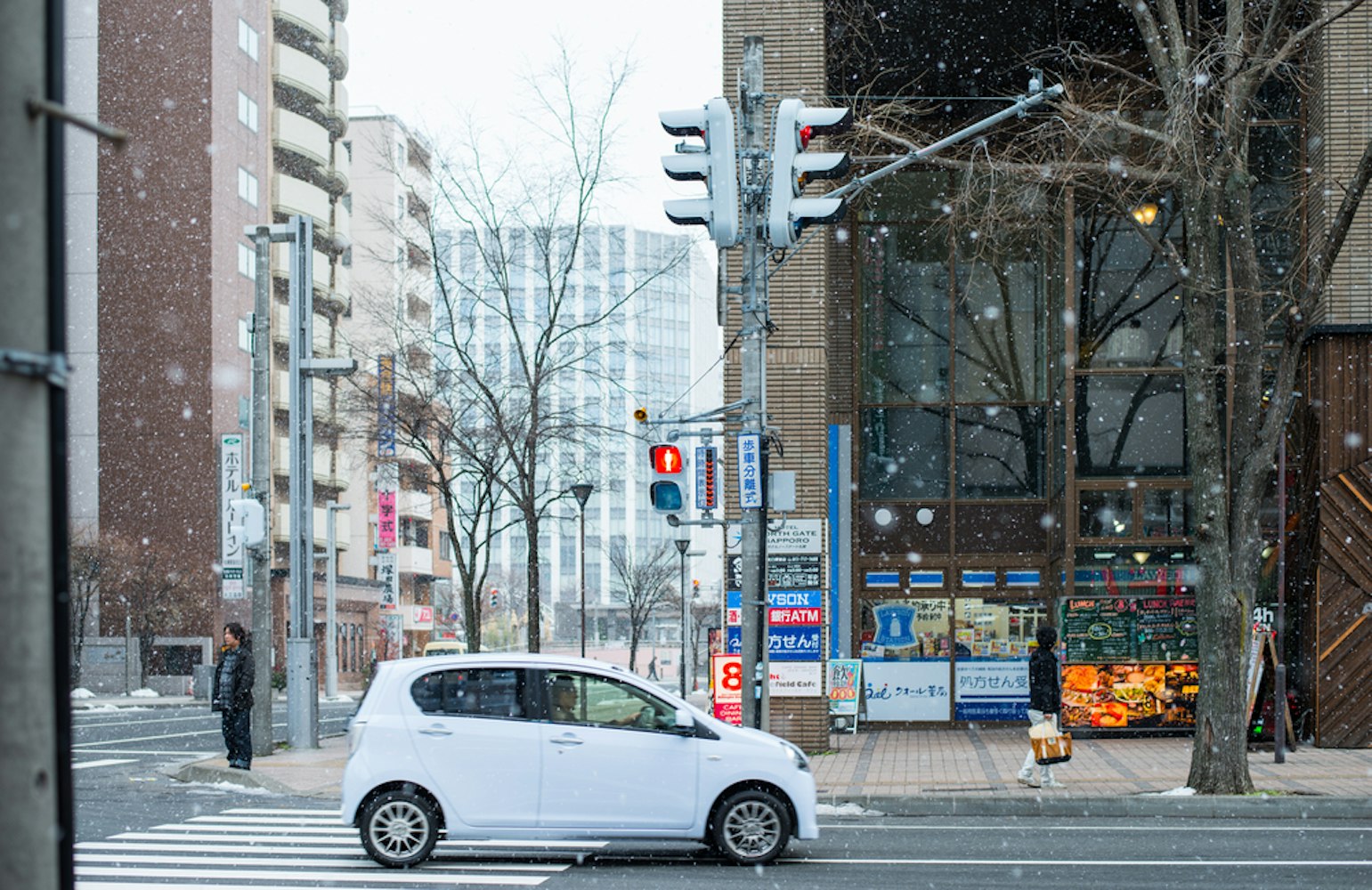
Driving from Tokyo to Hokkaido is an adventure for those who prefer road trips. The route involves a combination of expressways and a ferry crossing from Aomori to Hakodate if you drive the whole trip.
This option offers flexibility in travel schedules and the opportunity to explore rural landscapes and cities. However, be mindful of toll fees and peak travel times, which can significantly affect your travel time.

Unleash your sense of adventure with our Hidden Gems Tour of Hakodate!
The total driving time from Tokyo to Hokkaido is approximately 15 hours and 57 minutes. This duration is for the driving part of the journey and does not include time spent on ferries if that route is chosen.
If reasonable breaks are considered, travelers must plan for this extensive driving time spanning two days.
1. Plan Your Route Carefully: Map out your route, including expressways, and check for any road works or expected delays. Consider the best places to cross into Hokkaido, typically via Aomori, where you can take a ferry from Hakodate.
2. Book Ferry Tickets in Advance: If your route includes a ferry crossing, book your tickets in advance, especially during peak travel seasons. It ensures you will avoid delays or sold-out ferries when you arrive.
3. Prepare for Tolls: The journey involves several toll roads. Prepare an estimate of the toll costs beforehand and consider an ETC (Electronic Toll Collection) card rental for convenience and sometimes discounts on tolls.
4. Check Weather Conditions: Weather can drastically affect driving conditions, particularly in winter when roads might be icy. Always check the weather forecast for your travel days and plan for potential delays.
5. Stop for Rest: It's a long drive, so plan for adequate rest stops to stay alert. Japan offers well-maintained rest areas (Michi-no-Eki) along highways, providing food, restrooms, and sometimes hot springs.
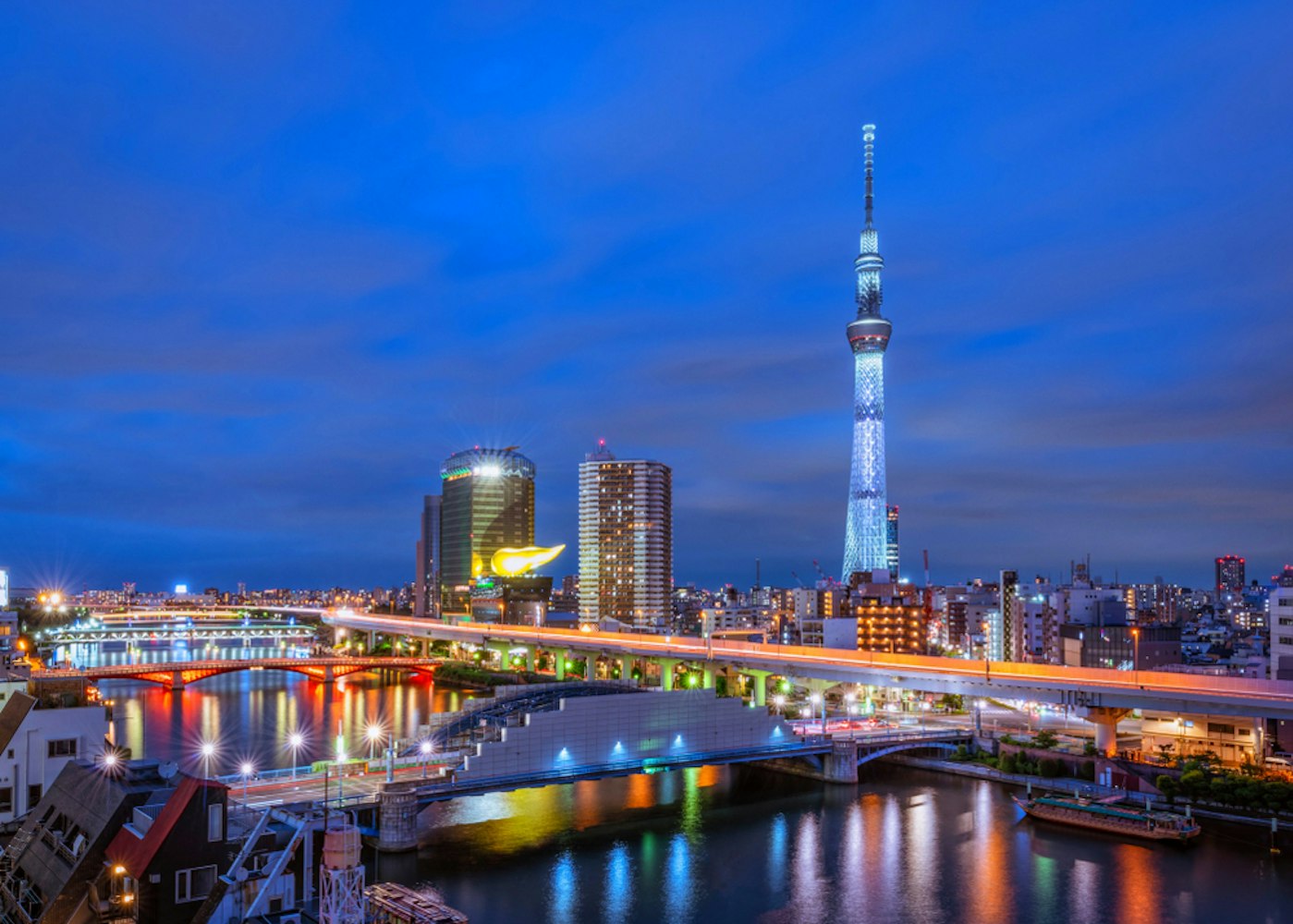
In Tokyo, accommodations range from luxury hotels in the bustling districts of Shinjuku and Shibuya to charming guesthouses in quieter areas like Asakusa. The city caters to all budgets, offering easy access to major transport hubs like Tokyo Station and Shinagawa Station, making departures to Hokkaido straightforward and convenient.
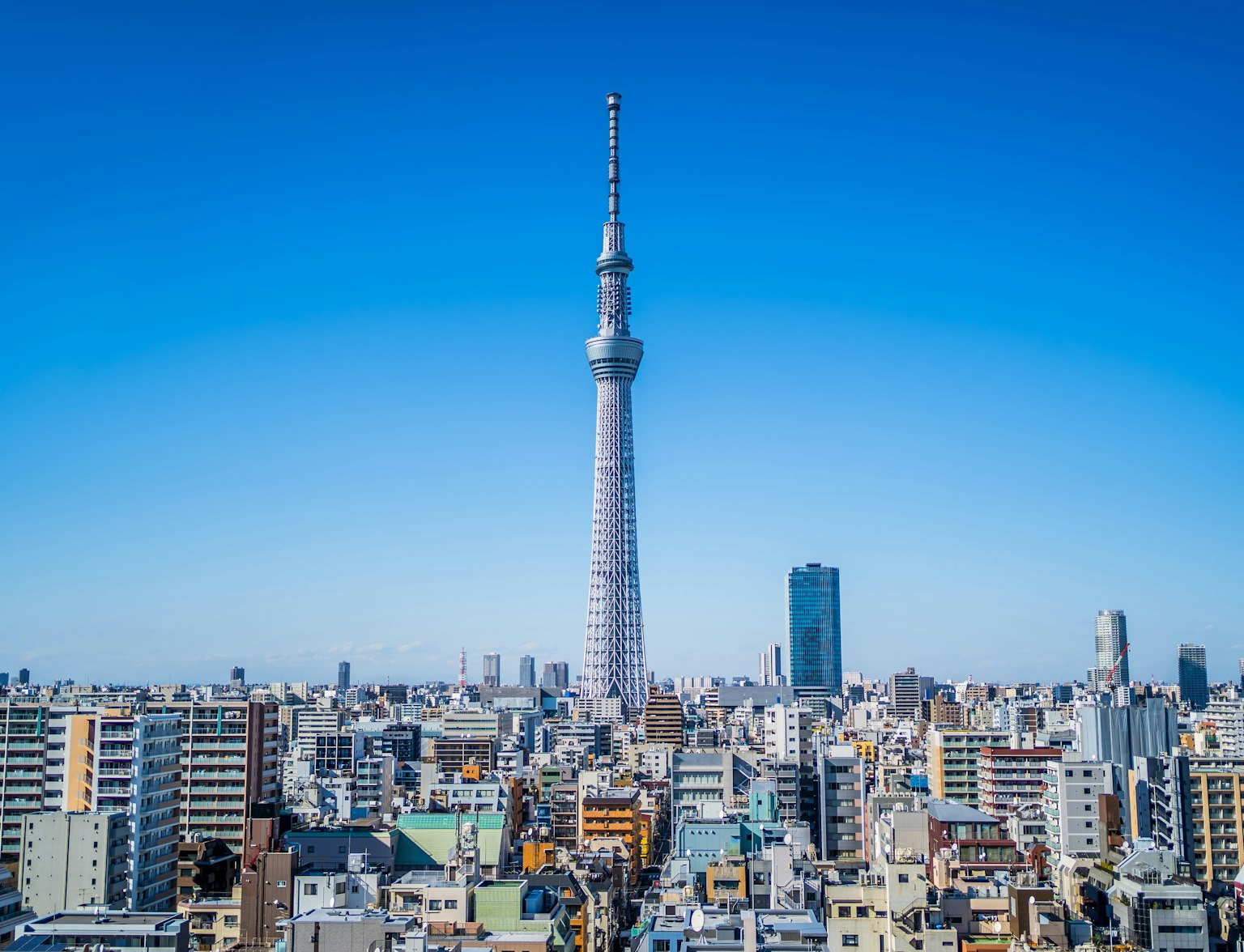
Experience Tokyo from its highest vantage point!
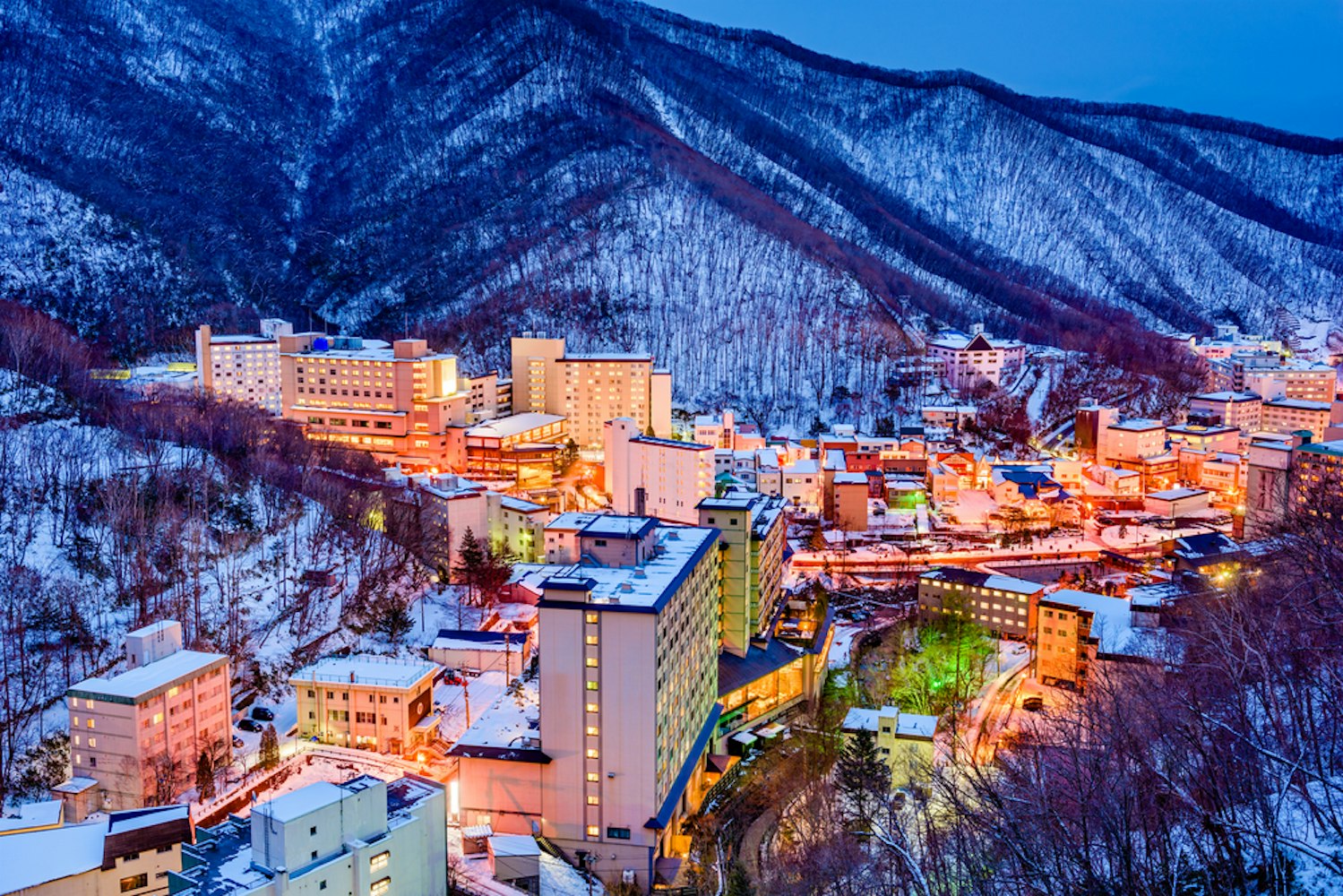
Hokkaido offers a variety of accommodations, from the luxury hotels of Sapporo, the capital of Hokkaido Prefecture, to the rustic inns in rural areas, providing an authentic Japanese experience. Staying near major transport hubs like Sapporo Station can simplify travel plans, especially for those planning to explore the wider regions of Hokkaido.
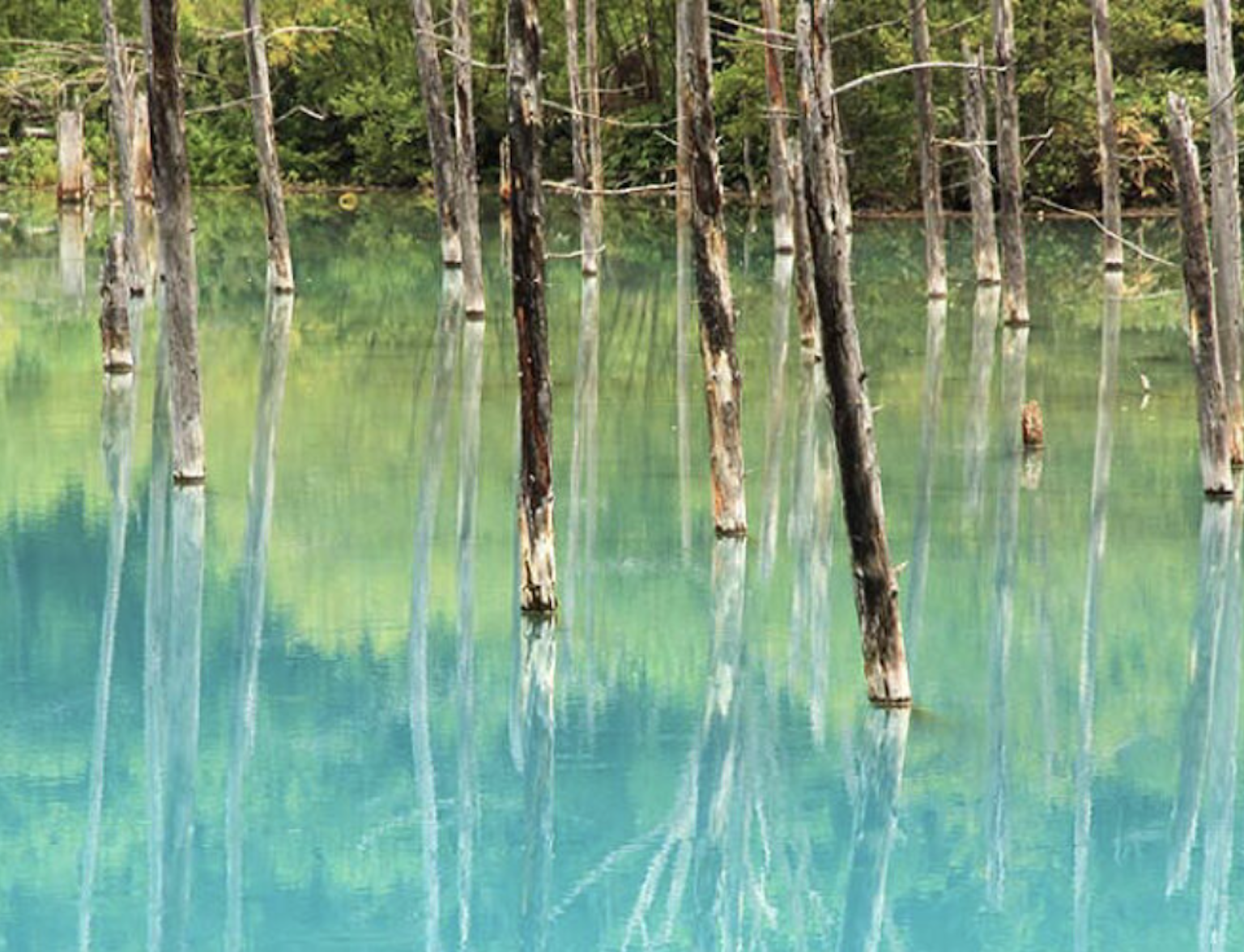
Discover the wonders of Hokkaido with our captivating day tour!
The journey from Tokyo to Hokkaido can be as memorable as the destination itself, with each mode of transportation offering a unique perspective of Japan. Whether you choose the efficiency of flying, the train's scenic route, the ferry's leisurely pace, or the freedom of driving, your trip to Japan's northernmost island promises an unforgettable adventure.
Plan carefully, choose the suitable accommodations, and you're set for a spectacular visit to Hokkaido.
How do you get from Tokyo to Hokkaido?
The Hokkaido Shinkansen line bridges Honshu, Japan's main island, directly to Hokkaido, facilitating a seamless journey from Tokyo Station to Shin-Hakodate Hokuto Station.
How much is the train fare from Hokkaido to Tokyo?
Costs 25,000 yen - 36,000 yen.
What is the best time to visit Hokkaido?
Hokkaido is a captivating destination throughout the year. However, if you're considering a visit during a specific season, here are the optimal times to explore Hokkaido:
For the spring cherry blossom season: Late April to mid-May.
For winter sports and ski adventures: December to February.
For viewing the autumn foliage: September to October.
For summer activities and escapades: June to August.
What is Hokkaido known for?
Hokkaido, renowned for its copious powder snow, is a prime winter destination for skiing and snowboarding. It features leading resorts such as Niseko, Rusutsu, and Furano.
Which month is coldest in Hokkaido?
During January and February, the coldest months of the year, heavy snowfall blankets Hokkaido's central and northern regions.



